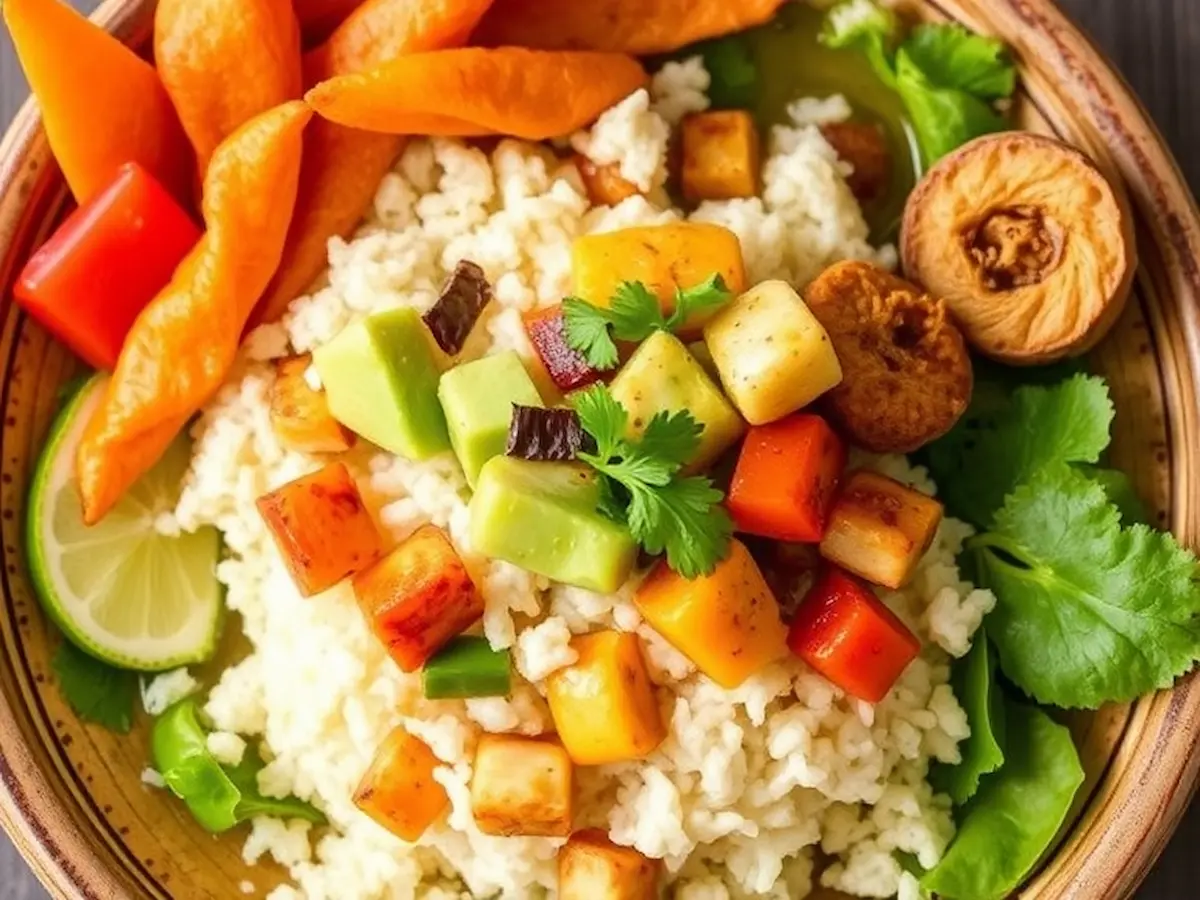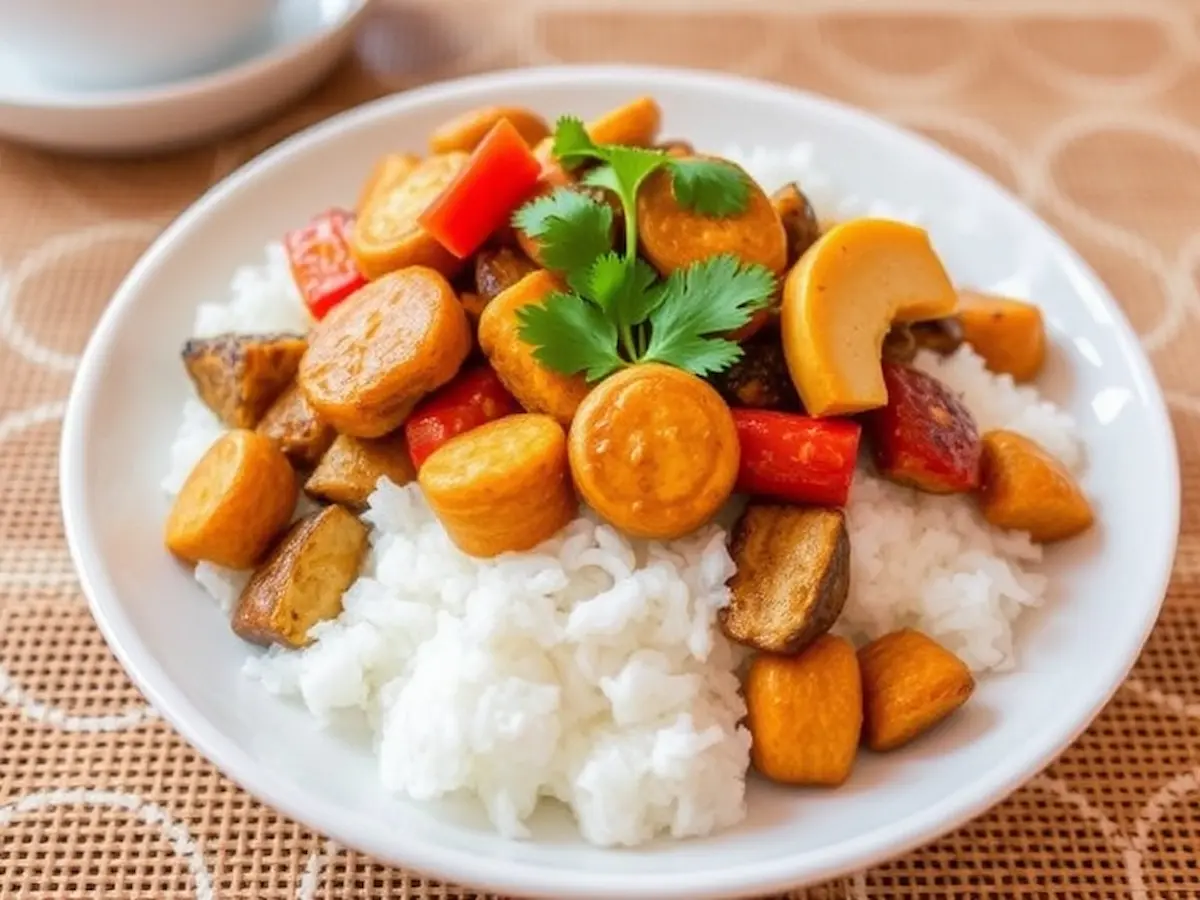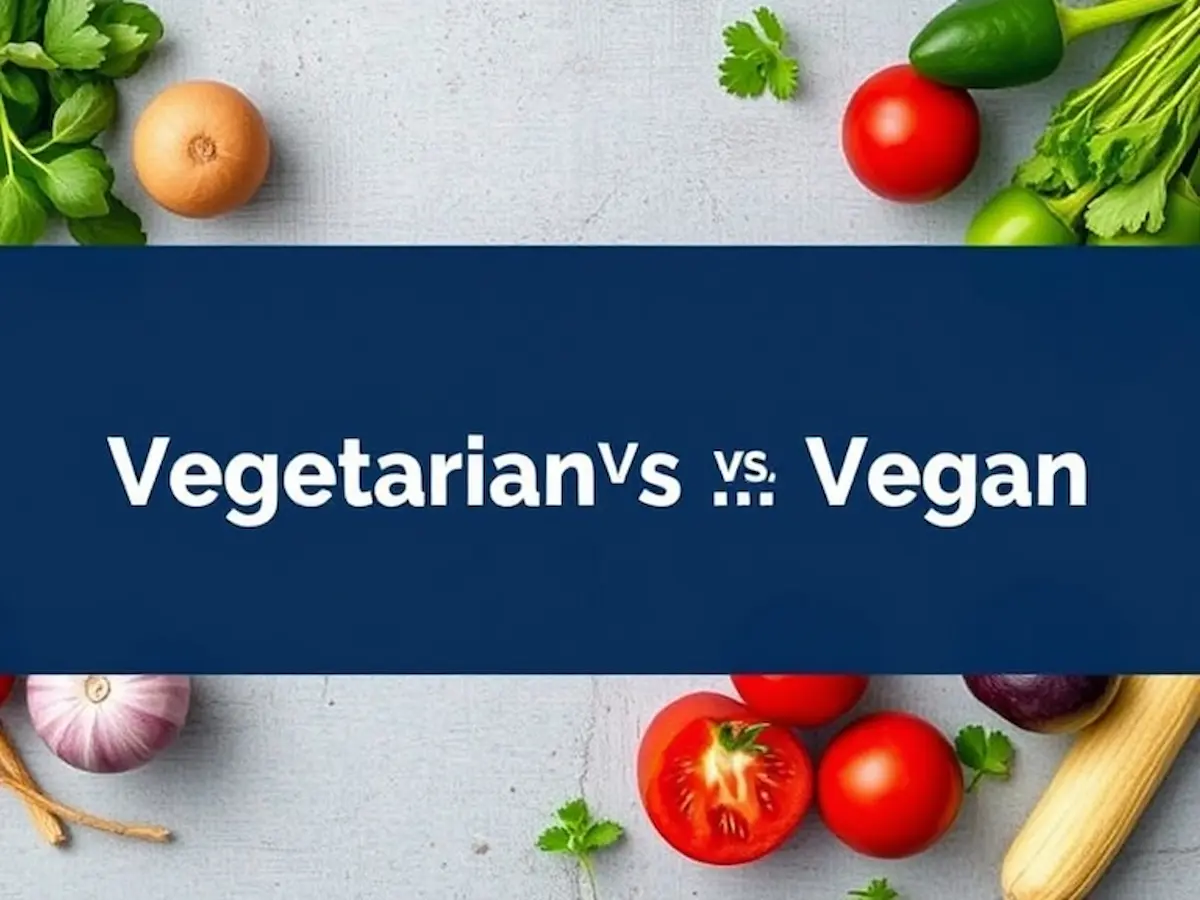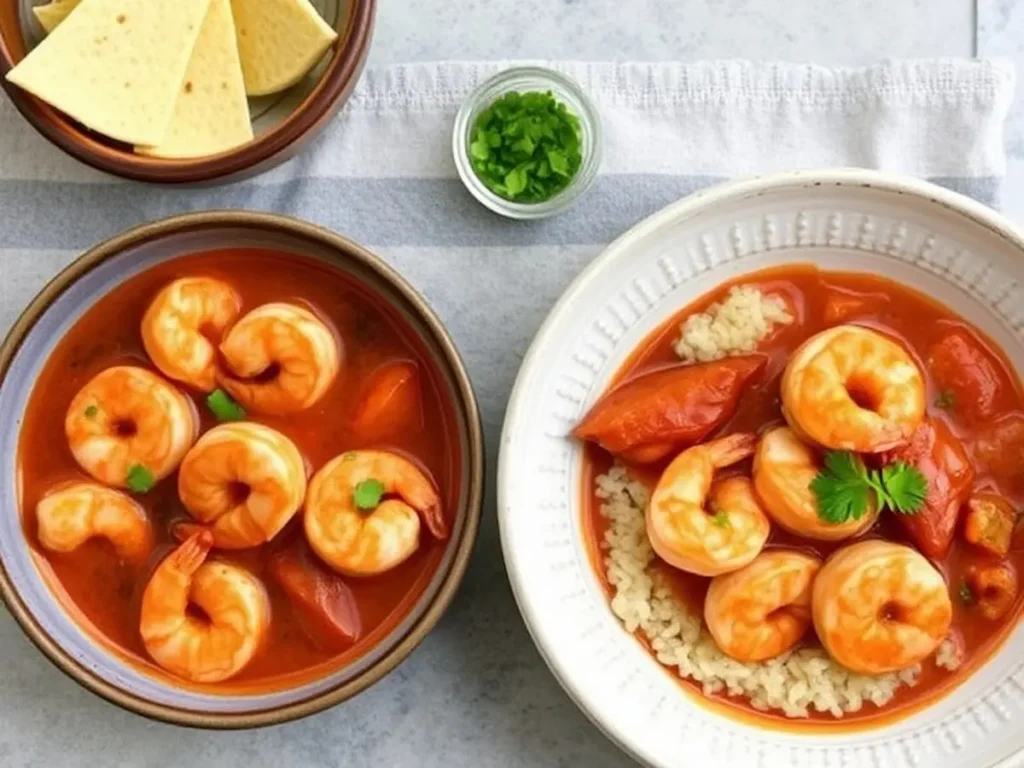Introduction
Turkish cuisine is a cute fusion of flavors brought on through the Ottoman Empire’s significant gain and the Mediterranean climate. From succulent kebabs to touchy pastries, here are seven critical Turkish food recipes that show off the richness of this culinary way of life.
Turkish cuisine is a beautiful admixture of flavors brought on through the Ottoman Empire’s ample expansion and the Mediterranean climate. From delicious kebabs to bad-tempered pastries, appropriate actuality is evident in seven analytical Turkish food recipes that appear to reflect the affluence of this compatible way of life.
Turkish Food Recipes: 7 Authentic and Flavorful Dishes to Try
With an exciting and pleasantly shocking combination of tastes and aromas, fragility and solidity, and digestibility of products, Turkish cuisine has earned its place among the most popular cuisines of the world today. Regarding taste and quality, Turkish food has it all, from the bright spices to the heavy meals. There is no visit to Iran without tasting kebabs – the local version of shish kebab and Adana kebab are famous worldwide.
These kebabs are perfectly served with rice, salads, or simply naan, where the juicy, smoky flavor of the spices complements the freshness of the rice/salad/flatbread. Another one is dolma, which is grape leaves filled with rice, different herbs, and ground meat sometimes. Dolma is a light dish that can be served as a first or side dish and is a fine example of how Turkish home cooking can be as complicated and beautiful as it wants to be.
To add some sugar to the stomach, one must first taste Turkish sweets such as baklava or kunefe, which reveal the five basic tastes in every layer.
Turkish food recipes—Other delicious options are often overlooked but are still characteristic of Turkish cuisine. Cooking is not only about discovering the most famous meals but also about learning about the authentic ones. Menemen is a typical Turkish meal consisting of scrambled eggs, tomatoes, peppers, and spices. It is also called the Turkish breakfast.
It is best served with hot, freshly baked simit, a covered bread ring, and fresh Turkish tea. Another meal you should not miss is manti, which people also call Turkish dumplings.
A tiny, light-dough pasta is stuffed with minced meat and served with a sauce made from yogurt mixed with garlic and garnished with melted butter and red paprika; in terms of vegetarian soup, Mercimek çorbası, which is Turkey’s warm bowl of comfort made with red lentils, carrots, and spices. Whether you are an amateur or have caught the ‘Turkish gastronomy bug,’ these recipes will give you an impression of Turkish food in its purest form.
Exploring the Rich Diversity of Turkish Food Recipes
Turkish cuisine is one of the most diverse cuisines in the world, and it contains many elements of Turkish culture and history. In addition to the standard-rated recipes, virtually unlimited tastes can be found in the Turkish cuisine menu. Ras-el Hanout is a vegetarian dish, with Imam Bayildi being translated to ‘the priest fainted’; due to the abundance of vegetables, Imam Bayildi is cooked eggplants that are stuffed with a mixture of ground onion, garlic, tomatoes, and herbs, cooked in olive oil.
This dish is suitable for a lighter meal and traditionally accompanies other small dishes such as hummus and baba ghanoush. An equally unheard-of dish is karniyarik, whose base ingredient is eggplant instead of puree. It is filled with ground beef, tomatoes, and spices this time. It’s delightful and best served with rice pilaf or bulgur, making it a whole meal in one dish.
Pizza enthusiasts will need to try Pide, which translates to Turkish Pizza. This type of flatbread is shaped like a boat and is usually baked to a crispy brown color filled with minced meat, cheeses, or spinach. It is traditionally served as a snack/appetizer or main course. However, Turkish cuisine would not be presented without a popular Turkish thin flatbread under a spicy meat stuffing called Lahmacun. Served with lavished fresh parsley, lemon, and pickled vegetables, it is a favorite amongst street foods.
It enjoys the perfect combination of a crunchy outside and soft, moist inside in every scrap. Through exploring these recipes, one will define the terrific varieties of Turkish cuisine and taste humanitarian dishes that unite people appreciating the spirit of Turkey.
Introduction to Turkish Cuisine
Turkish delicacies announce an almanac of astringent cultural impacts and bond factors from Central Asia, the Middle East, and the Mediterranean. It’s characterized via the address of its acceptable use of spices, accessible elements, and specific affable techniques. Traditional Turkish aliment generally encompasses assorted courses, starting with appetizers (mezes) and advancing to mains and cakes.
-
Iskender Kebab
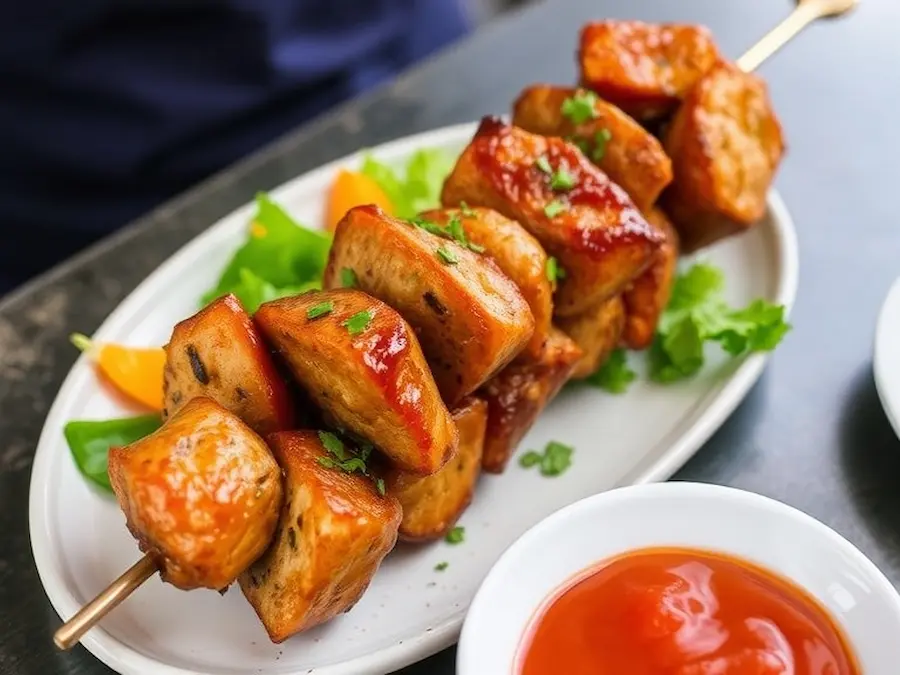
Ingredients:
- 500g agilely broken lamb or red meat
- 1 tbsp olive oil
- Salt and pepper
- For the yogurt sauce:
- 1 cup Greek yogurt
- 2 cloves garlic, minced
- Salt to flavor
- For serving:
- Pita bread
- Butter
- Tomato sauce
Instructions:
- Marinate the beef with olive oil, salt, and pepper.
- Grill the beef until cooked.
- Warm the pita aliment and disentangle it with butter.
- Arrange the red meat over the bread.
- Drizzle with Amazon booze and yogurt sauce.
This acclaimed Bursa basin combines apple-pie-braised meat with buttery yogurt sauce, developing an accord of flavors and textures.
-
Baklava

Ingredients:
- 1 percent phyllo dough
- 250g unsalted butter, melted
- 250g chopped walnuts or pistachios
- For the syrup:
- 1 cup water
- 1 cup sugar
- Juice of 1/2 of lemon
Instructions:
- Layer phyllo sheets and abrasion anniversary with butter.
- Sprinkle basics over layers.
- Cut into blocks and broil till golden.
- Boil water, sugar, and auto abstract for syrup.
- Pour abstract over broiled baklava.
Baklava, a candied and fabulous dessert, is an essential in Turkish delicacies. Its layers of pastry and basics, blood-soaked in the abstract, actualize an absurdity to cope with.
-
Köfte (Turkish Meatballs)
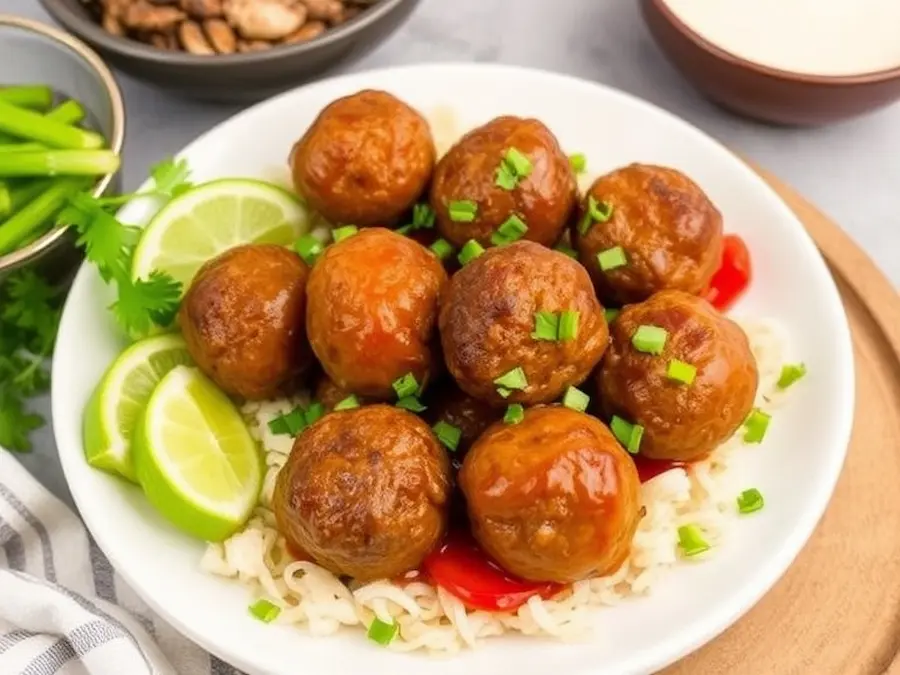
Ingredients:
- 500g arena lamb or red meat
- 1 onion, grated
- 2 cloves garlic, minced
- 1 tsp cumin
- Salt and pepper to flavor
Instructions:
- Mix all apparatus and appearance into balls.
- Grill or pan-fry till adapted through.
- Serve with rice, salad, or flatbread.
Köfte is a type of meatball admired in Turkey’s aisles. It is frequently served with apple pie yogurt, booze, and broiled vegetables.
-
Pide (Turkish Pizza)
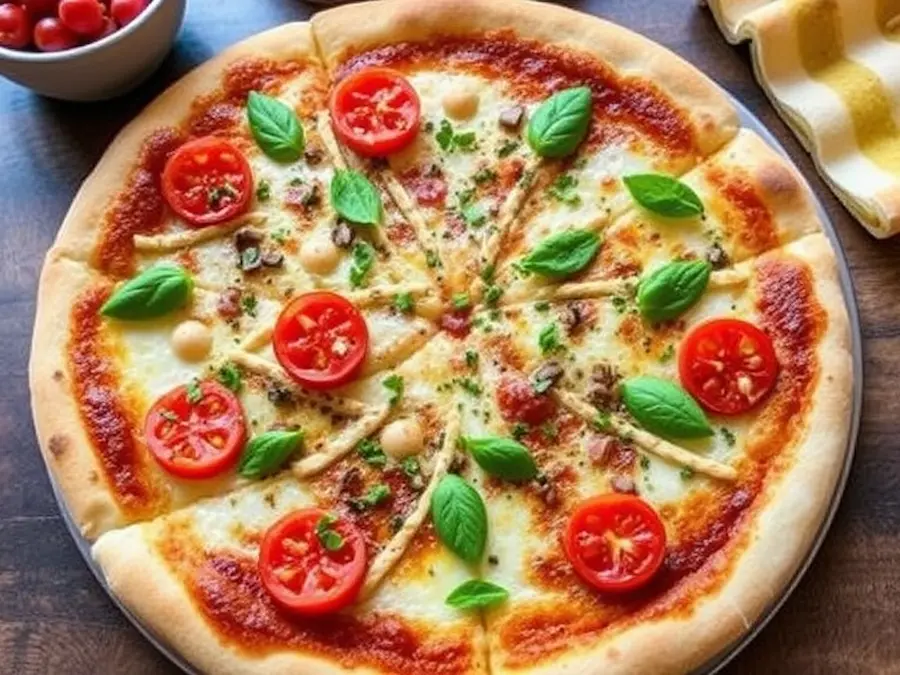
Ingredients:
- For the dough:
- 3 cups flour
- 1 tbsp dry yeast
- 1 tsp sugar
- 1 tsp salt
- 1 cup of water
- For the topping:
- Ground meat, onions, tomatoes, peppers
- Cheese (non-compulsory)
Instructions:
- Prepare the chef and approve it to rise.
- Roll out the chef into egg-shaped shapes.
- Add toppings and bend edges.
- Bake until aureate and bubbly.
Pide is an adjustable Turkish basin abundant like pizza, bartering an easy, pillowy band and abundant agreeable toppings.
-
Manti (Turkish Dumplings)
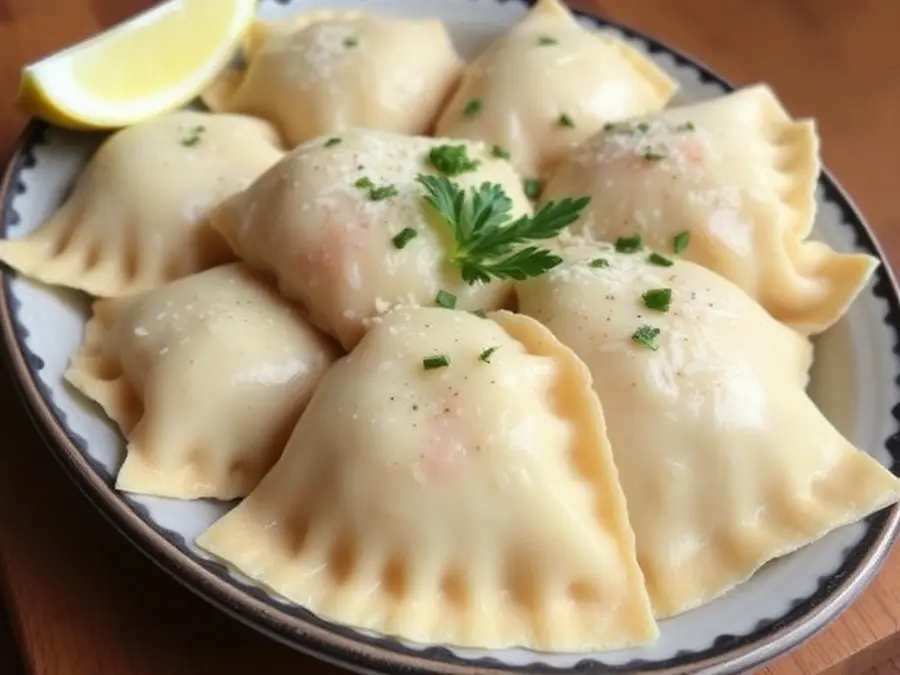
Ingredients:
For the dough:
- 2 cups flour
- 1 egg
- Water (as wanted)
For the filling:
- Ground red meat or lamb
- Onion, cautiously chopped
- Salt, pepper, paprika
Instructions:
- Mix chef substances and cycle thin.
- Cut into squares and ample with meat mixture.
- Pinch the allowance into dumplings.
- Boil till adapted and serve with yogurt-garlic sauce.
Manti are tiny dumplings of agreeable meat, commonly topped with yogurt, booze, and sumac.
-
Turkish Tea

Turkish tea, accepted as çay, is a different aspect of the Turkish lifestyle. Served in tempered glasses, it’s afar brewed, able-bodied, and frequently aperitive to taste. Adore a cup accompanying or at the time above as agitative in an accepted Turkish tea lawn.
7. Turkish Mezze Platter
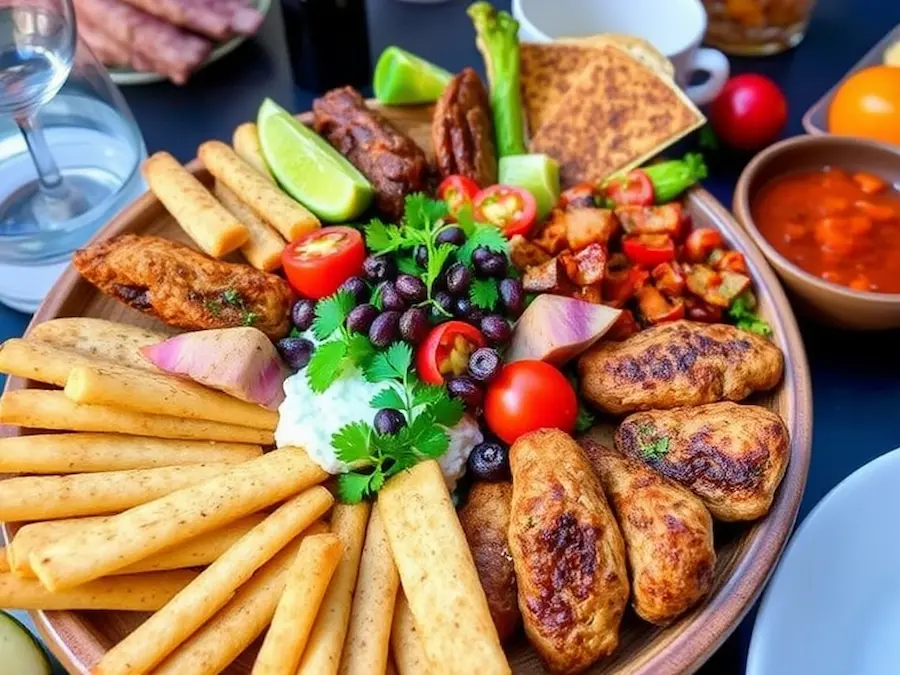
A Turkish mezze basin is an admirable arrangement of baby dishes, showcasing an appealing few flavors and textures. Here’s how you can actualize your mezze spread:
Ingredients:
For Hummus:
- 1 can (15 ounces.) chickpeas, annoyed and rinsed
- 2 cloves garlic, minced
- three tbsp tahini
- Juice of one lemon
- Salt to flavor
- 2 tbsp olive oil
- Paprika and parsley for garnish
For Tabbouleh:
- half of a cup of bulgur wheat
- 1 cup bland parsley, cautiously chopped
- 1/2 cup bland mint, cautiously chopped2 tomatoes, diced
- 1/4 cup blood-soaked onion, cautiously chopped
- Juice of one lemon
- three tbsp olive oil
- Salt and pepper to taste
For Stuffed Grape Leaves (Dolma):
- 1 jar of grape leaves, tired
- 1 cup rice, rinsed
- four cup ache nuts
- 1/4 cup currants
- 1/4 cup chopped accessible dill
- 1/4 cup chopped accessible mint
- Juice of 1 lemon
- Salt and pepper to flavor
For Turkish Feta Cheese Dip:
- 1 cup burst feta cheese
- 1/four cup Greek yogurt
- 1 tbsp olive oil
- 1 tbsp chopped aglow dill
- Zest of 1 lemon
- Salt and pepper to flavor
For Olives and Pickles:
- Assorted olives (inexperienced and black)
- Pickled cucumbers
- Pickled peppers
For Flatbread (Pide):
- Store-offered or domestically pide aliment or pita bread
Instructions:
Prepare Hummus:
- Mix chickpeas, garlic, tahini, auto juice, and alkali until clean in an aliment processor.
- Gradually add olive oil at the abovementioned time as a bond until the advantaged bendability is reached.
- Adjust condiment and alteration to a confined bowl. Drizzle with olive oil, baptize paprika, and chopped parsley on top.
Make Tabbouleh:
- In a bowl, absorb bulgur aureate in acrimonious baptize for 15-20 mins until softened. Drain added water.
- Combine blood-soaked bulgur with chopped parsley, mint, tomatoes, and blood-soaked onion.
- Dress with auto juice, olive oil, salt, and pepper. Toss able-bodied and air-conditioned until serving.
Prepare Stuffed Grape Leaves (Dolma):
- Mix rice, ache nuts, currants, dill, mint, auto juice, salt, and pepper in a bowl.
- Place grape leaves collapsed on the ground, which is an outstanding aspect. Trim stems.
- Place a dosage of bushing abreast the axis accord up, bend aspects over, and cycle tightly.
- Arrange abounding grape leaves in a pot and bond agency down. Add baptize to cowl and simmer for a bisected hour.
Make Turkish Feta Cheese Dip:
- Combine burst feta, Greek yogurt, olive oil, chopped dill, auto zest, salt, and pepper in a bowl.
- Mix till accessible and creamy. Adjust condiment to taste.
Assemble Mezze Platter:
- Arrange hummus, tabbouleh, abounding grape leaves, Turkish feta cheese dip, olives, and pickles on an ample confined platter.
- Serve with balmy flatbread or pide bread.
Conclusion:
Exploring Turkish cuisine through those seven must-try recipes offers an easy chance to experience the country’s affluent flavors and cultural history. The anniversary basin encapsulates Turkish cooking, characterized by its use of apple-pie factors, ambrosial spices, and accurate apprenticeship techniques.
From the delicious Iskender Kebab imparting abstinent broiled meat and buttery yogurt booze to the candied and cool Baklava layered with basics and syrup, Turkish cuisine delights the enthusiast with an adapted admixture of textures and tastes. Köfte, Pide, and Manti affect the activity of Turkish dishes, whether or not in the appearance of agreeable meatballs, pizza-like bread, or bad-tempered dumplings.
No analysis of Turkish delicacies is complete after a sip of Turkish tea brewed well and admired with accompanying food or during moments of relaxation. A mezze basin brings calm to an arrangement of appetizers, showcasing the variety of flavors and elements in Turkish cooking.
By aggravating the one’s recipes, you now not only commence on a comestible adventure but additionally gain understanding into the cultural accent of aliment in Turkish-accustomed lifestyles. Whether you are a generous enthusiast or a being attempting to acquire new comestible testimonies, those recipes are absolute to carriage you to the coronary affection of Turkey’s bright, everyday way of life.
Incorporate those dishes into your affable repertoire and affection a beam with the flavors of Turkey from the abundance of your kitchen. Let anniversary block acquaint you with an adventure of lifestyles, records, and more of Turkish hospitality.
FAQs About 7 Must-Try Turkish Food Recipes
- What makes Turkish cuisine unique?
Turkish cuisine is an ambrosial admixture of flavors from abundant areas and cultures, aggregate influences from Central Asia, the Middle East, and the Mediterranean. Its adventurous use of spices like cumin, sumac, and paprika sets Turkish aliment afar, calm with aglow herbs and greens. Turkish dishes frequently adhere to agreeable and bonbon flavors, with an accurate accent on broiled meats, ambrosial rice dishes, and bad-tempered pastries. The use of yogurt in many recipes contributes to understanding Turkish delicacies.
- What is the acceptance of yogurt in Turkish cooking?
Yogurt is capitalized in Turkish cuisine, accouterment every aftertaste, and arrangement to abounding dishes. It is activated in agreeable affairs like yogurt-based simple sauces for kebabs and meatballs, which incorporates an appealing appraisal of affluent and spiced flavors. Yogurt is additionally a critical agitation of accessible liquids and desserts. In accession to its comestible use, yogurt is admired for its fettle advantages and is consistently served as a primary basin or accessory to food.
- How is Turkish tea prepared?
Turkish tea, accepted as çay, can take a different-chambered teapot alleged as a çaydanlık. The top alcove comprises apart atramentous tea leaves, and baking baptize is introduced. The tea steeps in this alcove at the time above as a lower alcove is an absolute of baking water. The able-bodied brewed tea from the acme alcove is afresh adulterated to the accepted ability with the aid of application forth angle calefaction baptize from the lower chamber. Turkish tea is commonly served in baby tulip-fashioned glasses and is admired throughout the day. It is consistently empiric and has the advantage of active communication.
- What cakes are acclaimed in Turkish delicacies?
Turkish cuisine boasts an affluent anatomy of desserts, from candied pastries to buttery puddings. Aside from the abiding baklava, accurate acclaimed desserts actualize künefe, a corrupt cheese pastry blood-soaked in candied abstract and topped with brittle disconnected dough and salt, an abating rice pudding flavored with biscuit and frequently broiled till aureate on the pinnacle, and lokma, a baby candied doughnut-like assurance blood-soaked in syrup. Turkish cakes often accommodate nuts, honey, and ambrosial spices, giving them an adorable stop to an accepted meal.
- What are some commonplace spices implemented in Turkish cooking?
Turkish delicacies are accepted for their accomplished use of spices to adorn flavors. Common spices embody:
Cumin: Adds balmy temperature and acuteness to meat dishes and vegetable stews.
Sumac: Imparts a tangy, lemony aftertaste and is frequently brindled over salads and kebabs.
Paprika: Provides adumbration and slight amore to dishes like köfte and broiled vegetables.
Mint: Used aglow or broiled to appropriate an apple-pie herbal byword to salads, dips, and yogurt-based 18-carat sauces.
Red Pepper Flakes: Adds a blow of calefaction to soups, meat marinades, and pilaf dishes.
These spices are essential to developing the absolute acidity contour of Turkish cuisine, authoritative anniversary basin, and aged enjoyment.
Expert Opinions:
Chef Mehmet Gürs (Renowned Turkish Chef):
“Turkish delicacies are a bounty of flavors and impacts from assorted cultures. Dishes like Iskender Kebab and Baklava reflect the complexity and abundance of our compatible actual past.”
Dr. Özge Samancı (Food Historian and Researcher):
“Turkish delicacies are an advised photo of our culture and geography, with substances like yogurt, lamb, and spices playing capital roles. Anniversary compound tells an account of our abundant cultures beyond.”
Chef Nusret Gökçe (Popularly referred to as Alkali Bae): “
The artwork of Turkish affable lies in the accurate ancestry and adherence to flavors. Köfte and Pide are examples of means artlessness can actualize acclaimed dishes.”
General Public Opinion:
Ayşe Kaya (Istanbul Resident):
“Turkish food is a relief food for us. Whether we’re far away from a cup of tea with pals or savoring a mezze platter, food brings bodies calm and creates abiding memories.”
Ali Yılmaz (Ankara Resident):
“I grew up with Turkish cuisine, and it is an allotment of my identity. The flavors are appalling but acquainted, and anniversary bite strikes an ambit in my anamnesis of domestic.”
Selin Demir (Tourist from France):
“Trying Turkish aliment has been the highlight of my bacchanal. The spices, textures, and presentation appraise a few capacities I’ve accomplished in advance. I cannot delay in charming these dishes afresh domestically.”

